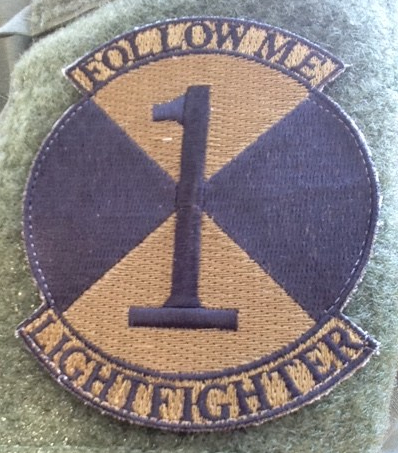
A few months ago, I posted my principals of lightfighting. Today, I post my suggested lightfighter’s reading list.
Light Infantry Tactics by Christopher Larsen. This work is, in my opinion, the entry point to lightfighter understanding. Critics have pointed out that there is nothing in this book that you wouldn’t learn from reading the Ranger Handbook. While this may be technically true, this book presents the basics of light fighting in an extremely understandable way, with lots of quality photos and illustrations. Most of all, Larsen is a storyteller. He includes a valuable lessons learned section for each chapter, with anecdotes that drive home the importance of each technique taught, in an entertaining and memorable way. Larsen understands, correctly, that the NCO is the linchpin of successful operations, and devotes a significant portion of his book to troop leading procedures. Wise warriors will take note.
For a bigger picture of light infantry, read A Historical Perspective On Light Infantry by Major Scott R. McMichael. This may be the single most informative book in this list. I think all of the aspects of leadership, culture, training, tactics, and strategy that make up the lightfighting concept, are covered to some degree in this volume. I reviewed this book individually in a previous post.
Book review of A Historical Perspective On Light Infantry by Scott R McMichael
The Defense of Duffer’s Drift, by E. D. Swinton, is a classic British work on all things defensive. This is not your typical military manual; it’s sort of an Aesop’s fable of defensive tactics. Filled with references to poetry and literature, both English and classical, I found it a joy to read. This book grew out of the Boer War, where the Brits were facing some of the best maneuver war practitioners to ever take the field. The Brits had to learn fast to defeat these Dutch farmers, who were experts at marksmanship, horsemanship, and field craft. It is noteworthy that the British began to call their elite units, “commando” units; “commando” was what the Boers called their regular line units.
4th Generation Warfare Handbook, by Gregory A. Thiele and William S. Lind. If you want to understand what lightfighting looks like on today’s battlefield, and why we need light infantry, this book is a good place to start. I think the 4 generations of war paradigm is flawed, but it does present a useful construct for understanding military theory.
The Last Hundred yards, H. J. Pool. This is the work that brought small unit tactics back to the front burner. This book is a back- to- basics approach to patrolling, communications, field craft, and reading terrain. Definitely a must- read.
Scouting and Patrolling, by Rex Applegate. This is similar to Pool’s work, but with an emphasis on reconnaissance. Written during the Second World War, this book remains fresh today.
War, by Sebastian Junger. This book follows a platoon of 173rd airborne soldiers through a deployment in the Korengal Mountains of Afghanistan. This paints a good picture of how a small unit culture works, and how group cohesion creates combat effectiveness.
Gates of Fire, Steven Pressfield’s historical fiction of the battle of Thermopylae. This work explores what it means to be a warrior and member of a polis as contrast to living in a Hobbesian state of nature, or a subject in an empire of slaves. This book is usually held up as a more historically accurate depiction of Spartan society, than those that have been recently played in film. I would have to disagree, to a large degree, about the historical accuracy. Sparta has come to symbolize the pure warrior society in the western mind, a sort of nation of Siegfrieds. Pressfield’s book is no exception. It tells us more about what he thinks a warrior society looks like, than what Sparta actually was. Nevertheless, Pressfield is too honest a man to present his vision as a utopia. His Sparta is rife with cruelty, abuse, and injustice. He posits that this society, flawed as it is, is still better that living in the anarchy of nature, or the tyranny of empire.
Pressfield gets a second title on this list, with The Lion’s Gate, his history of the Six Day War. In recent times, the Israelis’ warfighting doctrine has been uninspired at best, but in 1967 they were perhaps the best third- generation/maneuver warfare military in the world. Not surprisingly, when you consider that their officer corps at the time had been trained by Orde Windgate, who’s work in Burma is featured in A Historical Perspective On Light Infantry.
StarShip Troopers, by Robert H. Heinlein, is last but not least on this list. This classic sci-fi novel explores the obligations of a soldier to society, and society’s obligation to its fighting men. Written in 1959, when the best and brightest military minds believed that the future of war would be all missiles controlled from blast-proof bunkers, Heinlein was making the argument that even if technology advanced to the point that intergalactic travel became commonplace, we would still need boots on the ground. It is men who fight wars, not weapons. My favorite quote: “There are no dangerous weapons, only dangerous men.”
What are your thoughts? Something I left out? Something in the list that does not belong? Please comment; I would like to hear.